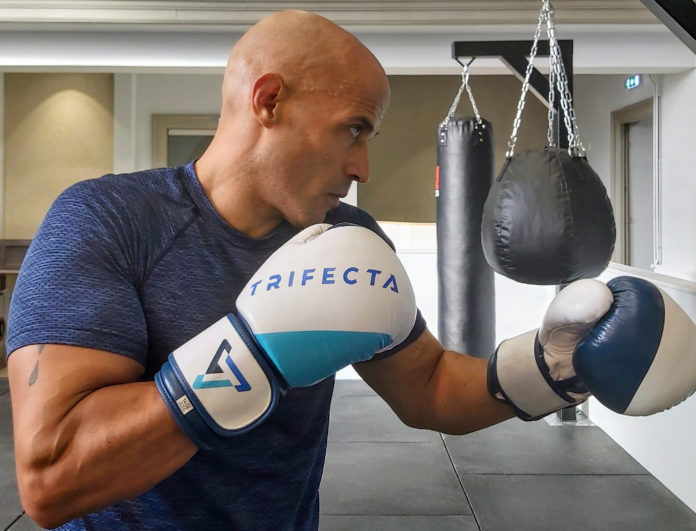Striking an object is not simply about aggression and bad intentions. It is about poise and control – in our bodies and in our lives. Kickboxing is a stronghold of activity passionately held by the Dutch.
Testimony to their skill and success is the fact that LEGIT kickboxing gyms are scattered throughout the Netherlands, and are attended by men, women, boys, and girls. These sports schools can be competition-driven, as all ages hone their skills; preparing to assert one’s physical dominance over another. A sensation like no other comes from this experience – an elevation of the senses, signalling what it means to be alive. A bond can even form between two opponents that have gone through a combative gauntlet together; often coming through it with lacerations, bruising, and concussions.
If this is what one needs in their life…good luck!
If the act of striking a fellow human seems too aggressive for one’s 21st-century sensibilities, then there are options – such as training with boxing bags or doing mitt work. Either way, the fact remains that throwing hands (and elbows, feet, knees etc) can have valuable life lessons when done safely.
Where is the art in martial art?
The actions that these words represent is the beautiful art of making an impact, and, to appreciate this art form requires asking “Why do we punch and kick?”
For some, it is a purge of stress – daily stress as well as deeply-rooted stress. For others, it is a display of aggressive intent. In all instances the body is weaponized, cross-hairs aligned, and a projectile launched for impact on another object. For a deeper insight into this process, the laws of physics can enlighten the primal behaviour in us all.
Preparation
Making an impact, as with most endeavours, requires preparation. The body first lowers its centre of mass. It is evolution’s programming to better connect to the ground, for it is the ground from where power comes to move explosively – for fight OR flight.
When life’s challenges present themselves, there is a need for some mental “grounding.” Facing one’s challenges warrants intelligent decision making. Anchoring steadfast to a goal keeps one’s endeavours on course.
Delivery
How to deliver a blow requires more factors than one may think. There is an optimum order of command from one end of the kinetic chain to its distal projectile; defining an optimally efficient trajectory.
When anchored to a goal, it can be one’s undoing should his or her efforts stray and wander. As Archimedes declared, the shortest path between two points is a straight line. Execute the most direct route to a goal, and it shall be reached – sooner rather than later.
Bracing for Impact
Newton’s third law of motion – for every action there is an equal and opposite reaction – governs the inevitable outcome of hitting something. Knowing how to absorb the least amount of damage demands proper timing. One actually must be relaxed until the moment of contact, and then at that moment contract the right muscles in the right order. It can be difficult to control the timing of such an exchange. Perfect timing can be rare in life, but if one thing applies, it is the need for at least proper timing.
Release
As quickly as one must brace for and absorb the energy from the impact, one must release it. Any tension held after making an impact is an energy that should have been delivered into the target. For nothing else – to allow one to “reload” and repeat the whole process if necessary.
Life never hesitates to throw challenges in our path. Facing these recurrences successfully is how we grow. The ability to return to a state of calm is vital to preparing for the next challenge.
Facing life’s challenges head-on is not a battering ram-style of engagement. There is an art form to conquering them successfully. Training the body for them is a martial art. Training one’s mind and spirit encompasses the art of impact…how to prepare for it, how to deliver it, how to brace for it, and how to release it.
Apply this order of operations and make the most impact on life. Like a fighter’s record of victories, it will be the legacy we leave behind.
This is sponsored content.
Post author: Darryl Grant
M.S. Exercise Physiology/Neuromechanics
Co-Owner Trifecta Sport
















